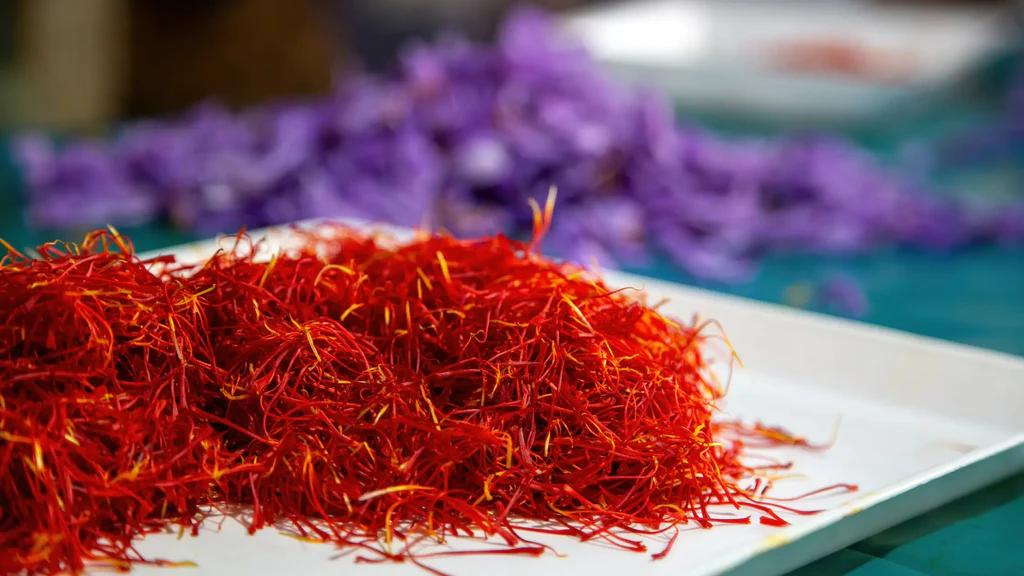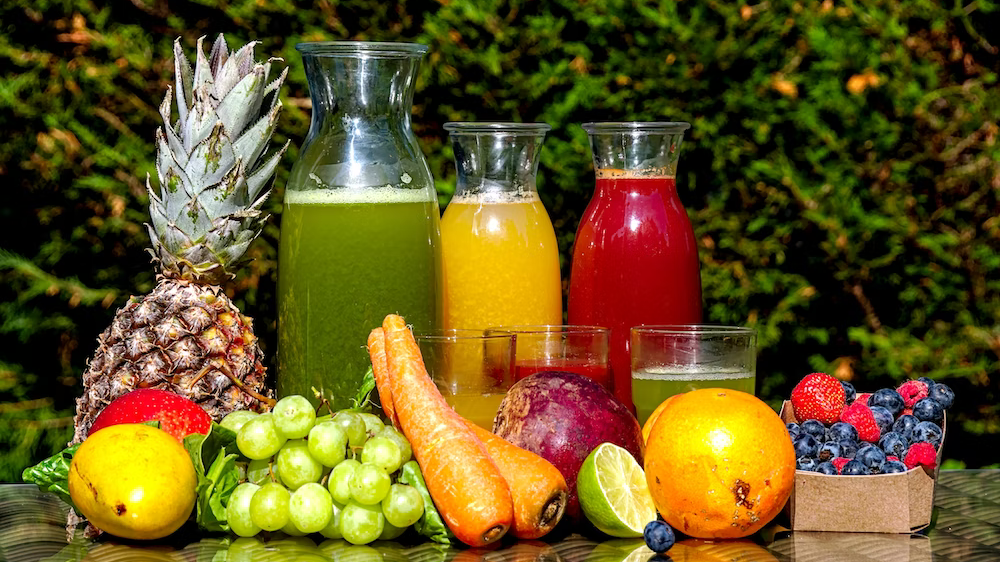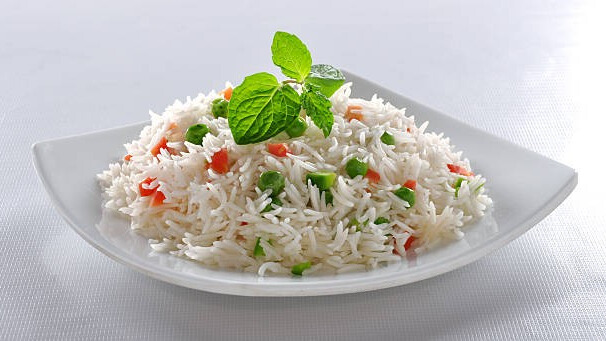Introduction:
Saffron, with its vibrant red threads and distinctive aroma, is a spice that has captivated civilizations for centuries. Renowned for its rich flavor, vibrant color, and medicinal properties, saffron stands as a unique and precious ingredient in the world of culinary arts and traditional medicine. In this blog, we’ll delve into the fascinating history, cultivation, culinary uses, and health benefits of saffron, exploring the multifaceted aspects that make it a truly golden elixir.
A Glimpse into History:
- Originating from the Crocus sativus flower, saffron has a rich history dating back to ancient civilizations. Traded along the Silk Road, it became a symbol of luxury, flavoring dishes and beverages in cultures worldwide.
Cultivation and Harvesting:
- Saffron requires a specific climate and soil, thriving in regions with hot summers and dry autumns. Each delicate flower produces just three red stigmas, which are hand-harvested with great care. It takes thousands of flowers to yield a small amount of saffron, contributing to its rarity and value.
Culinary Uses:
- Known for its unique flavor profile, saffron adds a distinct taste to both sweet and savory dishes. From paella in Spain to biryani in India, saffron imparts a subtle floral and earthy note, elevating the overall dining experience.
Medicinal Properties:
- Saffron has long been prized for its medicinal benefits. Rich in antioxidants, it may contribute to reducing inflammation and promoting overall well-being. Studies also suggest potential antidepressant and mood-enhancing properties.
Skin Care Elixir:
- Saffron is a coveted ingredient in beauty regimes, known for its potential to improve skin texture and complexion. Its antioxidant properties may help combat signs of aging and promote a radiant glow.
Culinary Artistry:
- Chefs and home cooks alike cherish saffron for its ability to transform dishes visually and gastronomically. As one of the most expensive spices, its addition imparts not only flavor but also a touch of luxury to culinary creations.
Harvesting the Stigmas:
- The labor-intensive process of harvesting saffron involves carefully plucking the delicate red stigmas from each flower. This meticulous task requires skilled hands and contributes to the spice’s exclusivity.
Cultural Significance:
- Saffron holds cultural significance in various traditions and ceremonies. From dyeing fabrics to symbolizing prosperity, it is deeply woven into the tapestry of many cultures around the world.
Conclusion:
As a spice that transcends mere culinary applications, saffron is a testament to the intersection of history, culture, and health. From its ancient roots to its modern-day uses, the golden threads of saffron continue to weave a tale of rarity, luxury, and culinary artistry. So, whether you’re savoring its flavor in a dish or exploring its potential health benefits, let saffron be your golden companion on a journey of discovery and delight.



